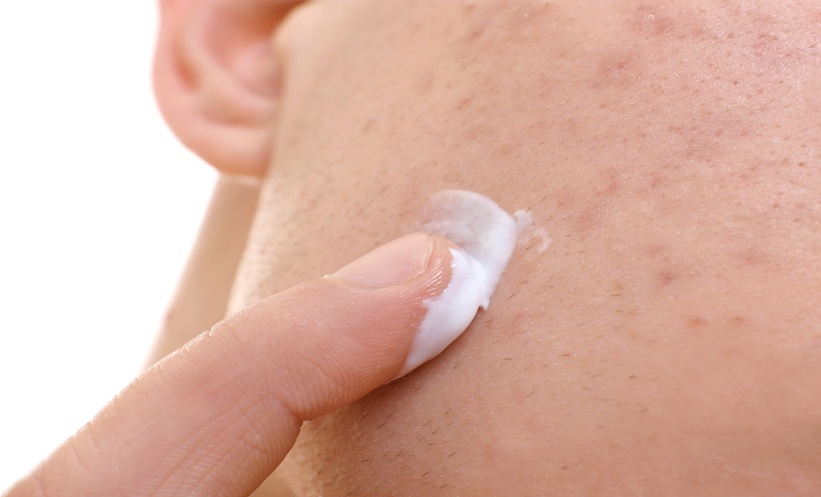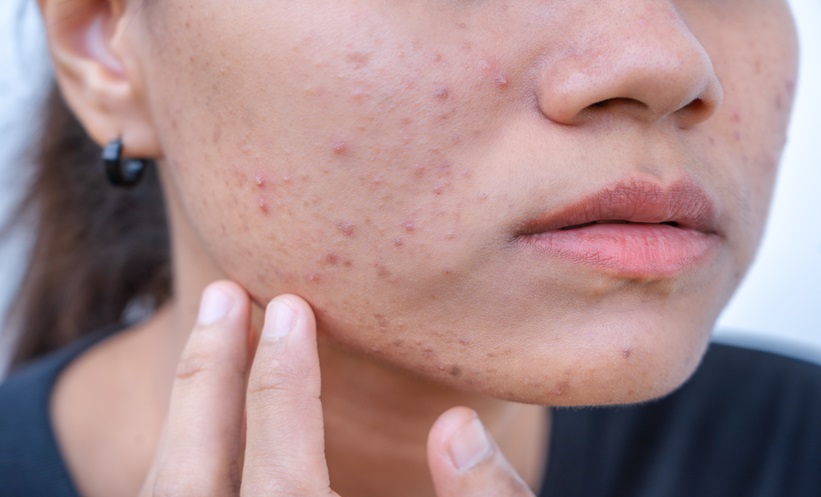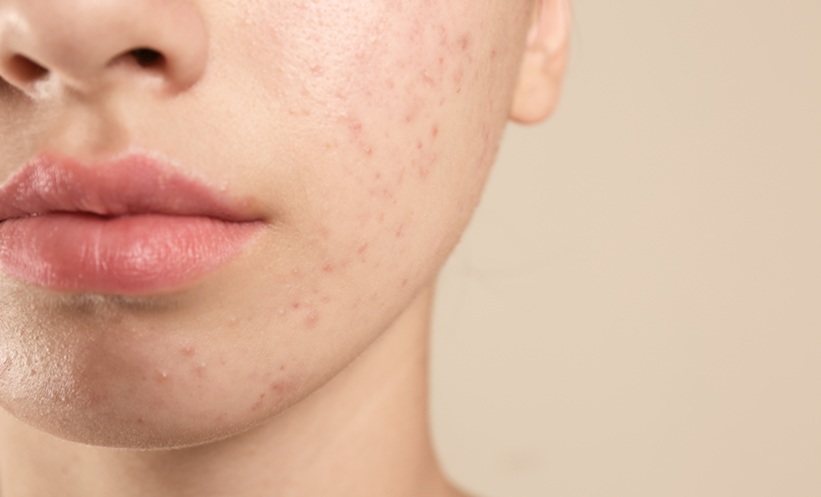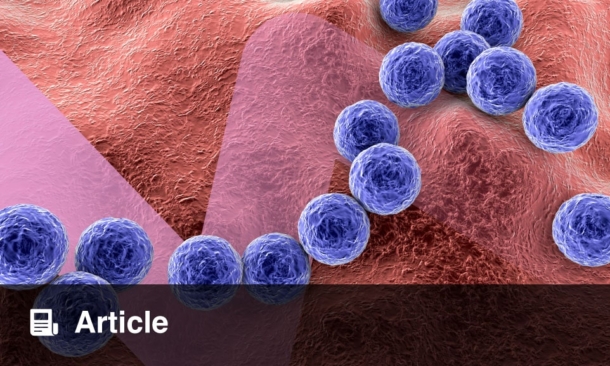ACNE vulgaris is one of the most prevalent dermatological conditions worldwide, affecting over 85% of the population at some point in their lives. While traditionally associated with adolescence, acne can persist or even begin in adulthood. The underlying mechanisms of acne vulgaris are complex and multifactorial, involving hormonal influences, inflammation, bacterial imbalance, and dysfunction of the skin barrier. Recent research has turned to the skin microbiome as a new frontier for understanding and treating this chronic inflammatory disorder.
Prebiotic Gel Creams for Acne Vulgaris
A recent study explored the use of a prebiotic-containing gel cream for improving mild to moderate non-cystic acne vulgaris. This innovative formulation included inulin, fructooligosaccharide (FOS), Garcinia indica (kokum) seed wax, and squalane. Each of these components plays a role in supporting a balanced microbiome and enhancing skin health. Inulin and FOS act as prebiotics, substances that encourage the growth of beneficial microorganisms on the skin, while kokum provides anti-inflammatory and antimicrobial benefits. Squalane, a natural emollient derived from sebum, enhances absorption of active ingredients and reinforces the skin barrier.
The results demonstrated a measurable improvement in acne lesion counts and significant shifts in the skin microbiota. Notably, the abundance of Cutibacterium acnes (C. acnes) strain HL050PA2, associated with healthy, non-acne-prone skin, increased more than 5,000-fold. Meanwhile, Staphylococcus epidermidis, known for reducing pathogenic C. acnes strains, also increased substantially. These findings suggest that prebiotics may promote the proliferation of protective bacterial species rather than directly eliminating acne-causing microbes.
Beyond Bacteria: Skin Function and Collagen Support
Interestingly, the study found that the prebiotic gel cream not only altered bacterial composition but also affected microbial gene expression. Pathways linked to amino acid synthesis, particularly ornithine and lysine, were upregulated, both essential precursors in collagen production. This implies potential benefits for skin elasticity, hydration, and resilience beyond acne control.
Overall, this research spotlights the promise of prebiotics in acne vulgaris treatment. By nurturing the skin’s natural microbiome and enhancing its biochemical functions, prebiotic formulations may offer a gentle yet effective alternative to traditional acne therapies.
Reference
Afzal L et al. Open-label, prospective study of a prebiotic gel cream on its efficacy of mild to moderate acne management and effects on the functional skin microbiome. J Cosmet Dermatol. 2025;24(10):e70138.







